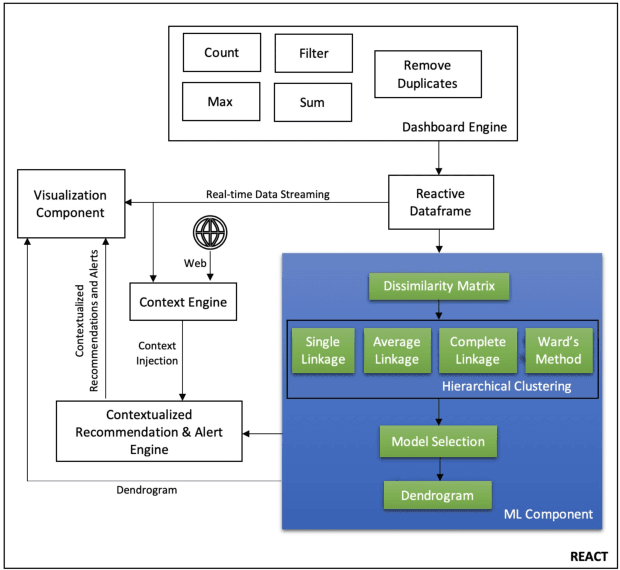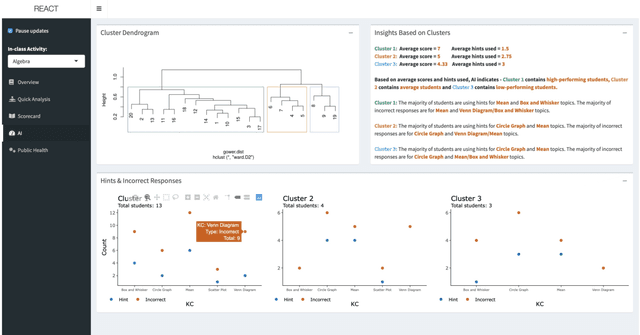Olga Gkountouna
Molecular Dynamics of Polymer-lipids in Solution from Supervised Machine Learning
Mar 01, 2022



Abstract:Machine learning techniques including neural networks are popular tools for materials and chemical scientists with applications that may provide viable alternative methods in the analysis of structure and energetics of systems ranging from crystals to biomolecules. However, efforts are less abundant for prediction of dynamics. Here we explore the ability of three well established recurrent neural network architectures for forecasting the energetics of a macromolecular polymer-lipid aggregate solvated in ethyl acetate at ambient conditions. Data models generated from recurrent neural networks are trained and tested on nanoseconds-long time series of the intra-macromolecules potential energy and their interaction energy with the solvent generated from Molecular Dynamics and containing half million points. Our exhaustive analyses convey that the three recurrent neural network investigated generate data models with limited capability of reproducing the energetic fluctuations and yielding short or long term energetics forecasts with underlying distribution of points inconsistent with the input series distributions. We propose an in silico experimental protocol consisting on forming an ensemble of artificial network models trained on an ensemble of series with additional features from time series containing pre-clustered time patterns of the original series. The forecast process improves by predicting a band of forecasted time series with a spread of values consistent with the molecular dynamics energy fluctuations span. However, the distribution of points from the band of forecasts is not optimal. Although the three inspected recurrent neural networks were unable of generating single models that reproduce the actual fluctuations of the inspected molecular system energies in thermal equilibrium at the nanosecond scale, the proposed protocol provides useful estimates of the molecular fate
Demonstrating REACT: a Real-time Educational AI-powered Classroom Tool
Jul 30, 2021


Abstract:We present a demonstration of REACT, a new Real-time Educational AI-powered Classroom Tool that employs EDM techniques for supporting the decision-making process of educators. REACT is a data-driven tool with a user-friendly graphical interface. It analyzes students' performance data and provides context-based alerts as well as recommendations to educators for course planning. Furthermore, it incorporates model-agnostic explanations for bringing explainability and interpretability in the process of decision making. This paper demonstrates a use case scenario of our proposed tool using a real-world dataset and presents the design of its architecture and user interface. This demonstration focuses on the agglomerative clustering of students based on their performance (i.e., incorrect responses and hints used) during an in-class activity. This formation of clusters of students with similar strengths and weaknesses may help educators to improve their course planning by identifying at-risk students, forming study groups, or encouraging tutoring between students of different strengths.
 Add to Chrome
Add to Chrome Add to Firefox
Add to Firefox Add to Edge
Add to Edge